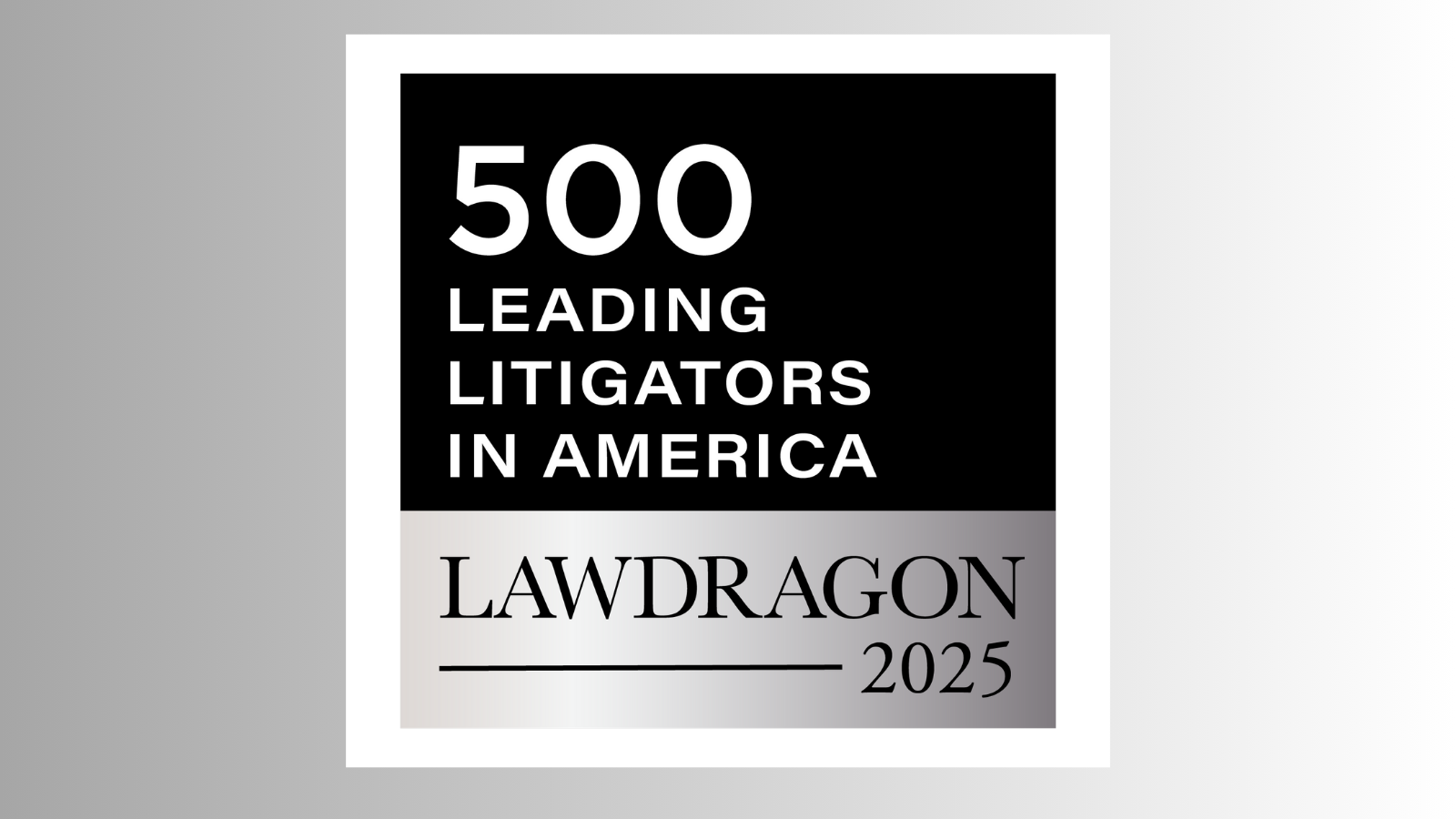WASHINGTON: L&I files permanent wildfire smoke rules – Technologist
The Washington Department of Labor and Industries (L&I) has filed permanent rules to protect employees from exposure to wildfire smoke, which replace temporary rules that had previously been issued in the summers of 2021 and 2022. The permanent rules will take effect on January 15, 2024, and apply to almost all workplaces.
Exemptions: The rule doesn’t apply to: (1) enclosed buildings or structures where all exterior openings, such as doors, windows, and bays, are kept closed unless briefly opening to enter and exit; (2) enclosed vehicles with a cabin air filtration system where all openings are kept closed unless briefly opening to enter or exit; (3) work performed within the scope of specific firefighting activities; and (4) workers performing prescribed burns.
Hazard identification: Employers must monitor exposure levels to ensure proper protections are put in place, based on established levels of the Air Quality Index (AQI) for Particulate Matter measuring 2.5 micrometers (PM2.5). The rules offer several options for employers to monitor air quality, such as using the Washington state Department of Ecology website, the Air Quality WA mobile app, and various resources from the U.S. Environmental Protection Agency (EPA).
Hazard communication: Employers must implement a written wildfire smoke response plan, which must include a two-way communication system for wildfire smoke hazards and be designed to encourage employees to report hazardous smoke conditions without fear of retaliation. The system must include effective procedures to inform employees when they are being exposed to a PM2.5 concentration of 20.5 micrograms per cubic meter (µg/m3) (69 AQI), with escalating requirements as exposure levels increase.
Information and training: Employers must provide all employees with information and annual training regarding wildfire smoke before being exposed to a PM2.5 concentration of 20.5 µg/m3 (69 AQI). The training must also educate employees about the health effects and symptoms of wildfire smoke, the importance of telling the employer when an employee is experiencing symptoms, and the right to obtain medical attention without fear of reprisal.
Exposure symptom response: Employers must monitor employees displaying symptoms of wildfire smoke exposure to determine if medical attention is necessary and allow employees who display symptoms to seek medical attention.
Exposure controls: When exposure levels are 20.5 µg/m3 (69 AQI), employers should consider implementing effective exposure controls. When levels reach a PM2.5 concentration of 35.5 µg/m3 (101 AQI), exposure controls must be implemented, such as: providing enclosed buildings, structures, or vehicles where air is filtered; using portable high-efficiency particulate air (HEPA) filters in enclosed areas; relocating work to areas with lower PM2.5 levels; changing work schedules and/or adding additional rest periods; and reducing work that creates additional exposures.
Respiratory protection: The requirement to offer or provide respiratory protection to employees depends on the exposure levels to PM2.5 concentrations as follows:
- 20.5-35.4 µg/m3 (69 – 100 AQI): Employers are encouraged to have N95 respirators available for employees to voluntarily use;
- 35.5-250.4 µg/m3 (101 – 300 AQI): Employers must provide N95 respirators at no cost to all exposed employees, either by directly distributing them or by supplying each work location with a sufficient amount, and must encourage their use;
- 250.5-500.3 µg/m3 (301 – 499 AQI): Employers must distribute N95 respirators directly to each exposed employee and must encourage their use;
- 500.4-554.9 µg/m3 (500 – beyond the AQI): Employers must enroll employees in a complete respiratory protection program and require use of a respirator, unless exposure is for a total of 15 minutes or less over a 24-hour period; and
- 555 µg/m3 (beyond the AQI): Employers must require use of respirators with an assigned protection factor of 25 or more.
Measuring PM2.5 levels: Employers have the option of using a direct-reading particulate sensor to identify exposure levels, provided the sensor is designed to measure accurate levels and is being operated by someone that is properly trained to use it.
Tips: To ensure you are best prepared to protect your employees from the hazards of wildfire smoke, don’t wait for warm weather and smoke season to act. Instead, begin updating your current plans and procedures to meet the new requirements immediately, including training your employees so they are ready when needed, and gathering enough N95 respirators to get through smoke season. We will be updating our Model Policy, Wildfire Smoke Program to incorporate the permanent Washington wildfire smoke rules. The L&I wildfire smoke webpage contains resources, training materials, and helpful information as employers seek to implement the permanent rules. If you have questions or need assistance with your wildfire smoke program, contact your Vigilant safety professional.


